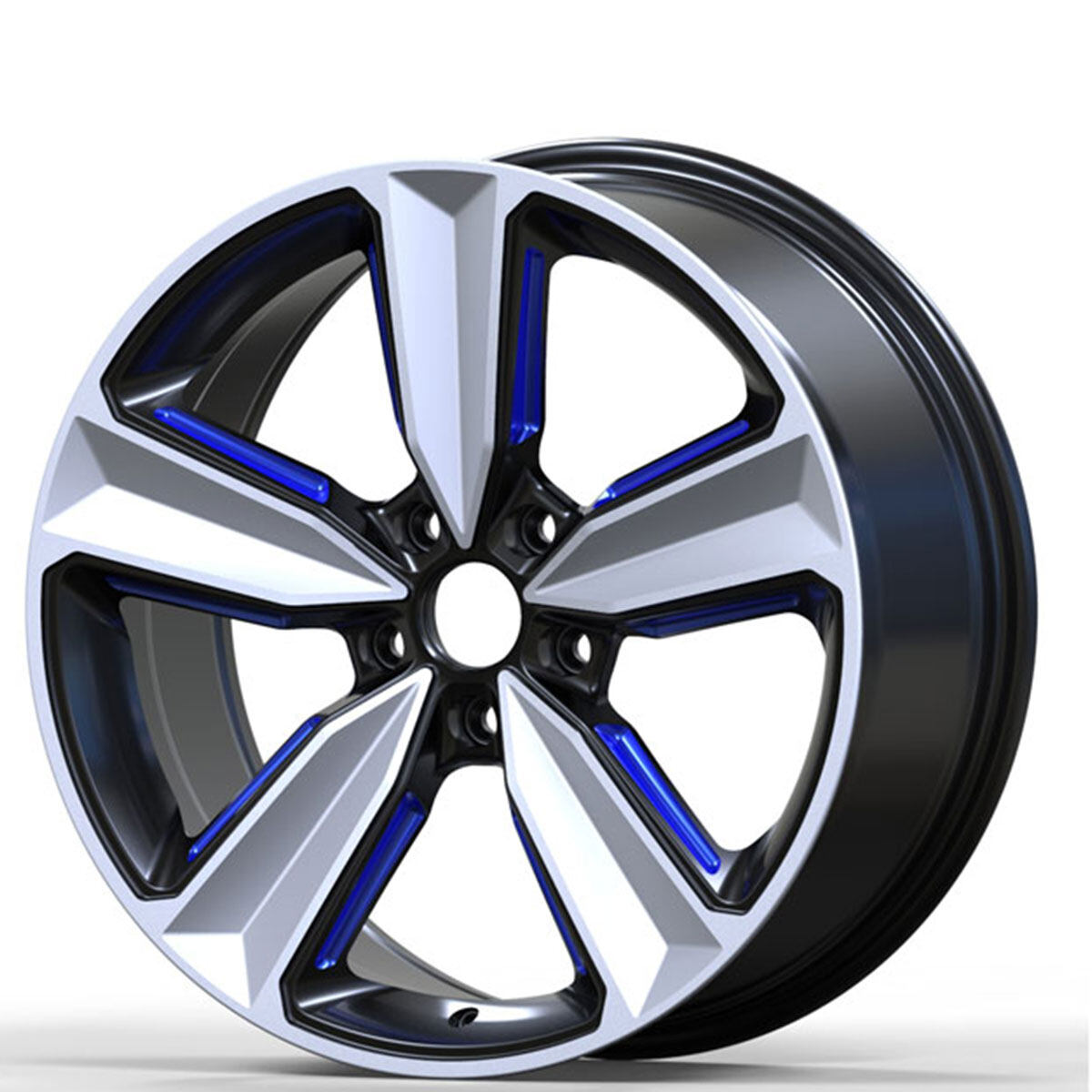Email format error
Email cannot be empty
Email already exists
6-20 characters(letters plus numbers only)
The password is inconsistent
Email format error
Email cannot be empty
Email does not exist
6-20 characters(letters plus numbers only)
The password is inconsistent


Production Process of Aluminum Alloy Wheels
The aluminum alloy wheel is more suitable for passenger cars than the steel wheel. At present, its manufacturing process can be divided into three types. The first type is casting. At present, most automobile manufacturers choose to use the casting process. The second is forging, which is mainly used in high-end sports cars, high-performance cars, and high-end modification markets. The third is more special, which is the MAT spinning technology first put into use by Enkei Company of Japan. At present, this technology is not as widely used as the first two in China.

Gravity casting
To put it simply, gravity casting is a relatively early casting method, which mainly uses the gravity of aluminum liquid itself to fill the mold.
This method has the advantages of low cost, simple process, and high production efficiency. However, inclusions are easily involved in the casting during the pouring process, and sometimes gas is also involved, forming porosity defects. Wheels produced by gravity casting are prone to shrinkage cavities and porosity, and their internal quality is poor. In addition, the limitation of liquid aluminum fluidity may also lead to a low yield of wheels with complex shapes. Therefore, this process is rarely used in the automobile hub manufacturing industry.
Low-pressure casting
Low-pressure casting is a process in which molten aluminum is filled into the mold under pressure and solidified and crystallized under pressure. In the same case, compared with gravity casting, the inner structure of the low-pressure casting wheel is denser and has higher strength. In addition, low-pressure casting uses pressure filling and supplements to greatly simplify the structure of the pouring and pouring system, so that the yield of liquid metal can reach 90%. At present, low-pressure casting has become the preferred process for aluminum wheel production, and most domestic aluminum alloy wheel manufacturers use this process for production. However, the low-pressure casting method also has its disadvantages: long casting time, long time for feeding and mold changing, and large investment in equipment.
Forging method
Hot forging → RM forging → Cold spinning → Heat treatment → Machine work → Shot blast → Surface finishing
Forging is the change from solid to solid. The hub style is formed by beating, pressing, forging, and other means. This process will not change the liquid phase but is a solid chance. Therefore, its mechanical properties are higher than that of casting, and it has the advantages of high strength, good corrosion resistance, and accurate size. The grain flow direction is consistent with the force direction, so the strength, toughness, and fatigue strength are significantly better than the cast aluminum hub. At the same time, the typical elongation of forged aluminum wheels is 12%~17%, so they can well absorb the vibration and stress of the road. In addition, the forged aluminum wheel has no air hole on the surface, so it has good surface treatment ability.
However, the biggest disadvantage of the forged aluminum hub is that there are many production processes and the production cost is much higher than that of a cast aluminum hub. Although the performance of forged wheels is better, automobile manufacturers mainly use forged wheels on most vehicles, and only a few luxury cars are equipped with forged wheels.
Squeeze casting
Squeeze casting, also known as liquid die forging, is a process method integrating casting and forging characteristics - pouring a certain amount of metal liquid directly into the open metal mold, acting on the liquid metal with a certain pressure through the punch so that it can be filled, formed, crystallized and solidified, and produce a certain amount of plastic deformation in the crystallization process.
Advantages: the mold filling is stable, the metal crystallizes and solidifies directly under pressure, so the casting will not produce casting defects such as porosity, shrinkage cavity, and porosity, and the structure is dense, the mechanical properties are higher than that of low-pressure casting, and the investment is much lower than that of low-pressure casting.
Disadvantages: Like the traditional forged products, the spokes need to be milled to complete the modeling. In Japan, a considerable number of automobile aluminum wheels have been produced by the squeeze casting process. The whole process from pouring molten metal to taking out the castings is controlled by computers, and the degree of automation is very high. At present, squeeze casting is regarded as one of the directions of automobile aluminum wheel production in the world.
Special forming: MAT spinning technology
MAT spinning technology was first put into use by the Enkei Company of Japan. Strictly speaking, it should be considered a kind of casting technology. It means that after the overall casting of the rim, special equipment is used to rotate and pressurize the stressed part, which changes the arrangement of molecules inside the metal at the treated position. The specific split surface presents a higher density fiber compared with the general casting products, thus changing the process method of overall metal mechanics. The quality, strength, extensibility, and other characteristics of the hub manufactured by MAT spinning technology are close to those of the forged hub, and now it is easier to produce the forged hub.
In general, MAT spinning technology can not only relatively ensure the manufacturing cost of the wheel hub, but also enable the casting wheel hub to produce weight and strength similar to the forged wheel hub. However, domestic technology is not mature and the cost is high, so it is not widely used.
Searching for more about high quality alloy wheels, plz feel free to contact us.

